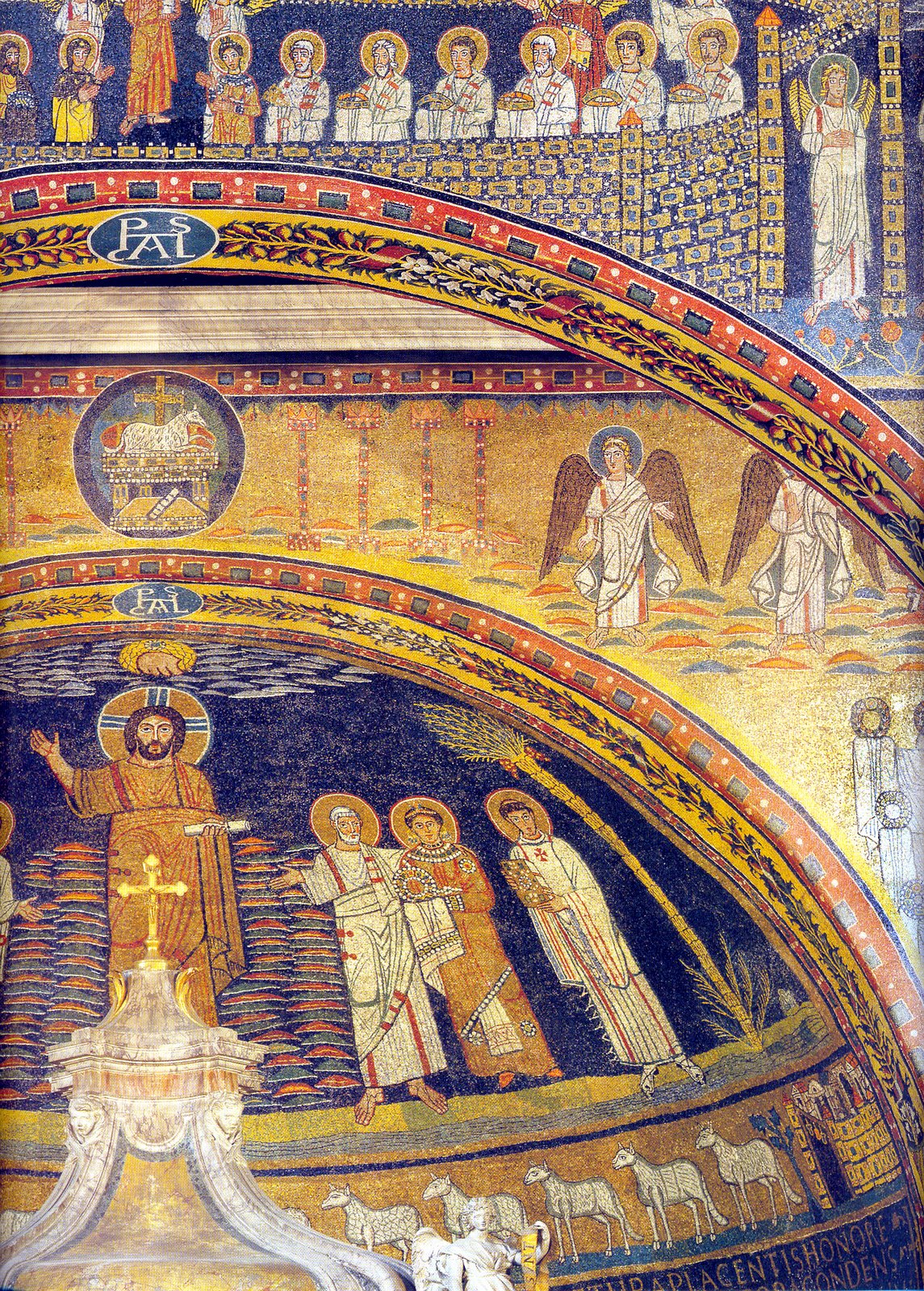 I received an e-mail from someone asking if my belief that traditional architecture is the best way to build Catholic churches was some form of nostalgia for something “not of our time.” The question was really asking if some sort of Romantic desire for the lost paradise of another age was really the motivating force behind my academic and architectural work. This is the usual post-Enlightenment way of looking at the world: the happy days of easy belief in traditional things are long gone, so all the arm’s-length observer of tradition can do is critique those who still believe. Yet, deep down the observer desires to believe, and to cover up his inner discomfort, he tears down as irrelevant that which he fails to comprehend. Often some “more relevant” modern theory is developed as a substitute. Yet somehow, a candle-lit church fascinates him even as he scorns the belief that lies beneath it. This dynamic of the Enlightenment’s lack of faith and the Romantic response has been beautifully discussed in a new book by Roger Scruton called An Intelligent Person’s Guide to Modern Culture.
I received an e-mail from someone asking if my belief that traditional architecture is the best way to build Catholic churches was some form of nostalgia for something “not of our time.” The question was really asking if some sort of Romantic desire for the lost paradise of another age was really the motivating force behind my academic and architectural work. This is the usual post-Enlightenment way of looking at the world: the happy days of easy belief in traditional things are long gone, so all the arm’s-length observer of tradition can do is critique those who still believe. Yet, deep down the observer desires to believe, and to cover up his inner discomfort, he tears down as irrelevant that which he fails to comprehend. Often some “more relevant” modern theory is developed as a substitute. Yet somehow, a candle-lit church fascinates him even as he scorns the belief that lies beneath it. This dynamic of the Enlightenment’s lack of faith and the Romantic response has been beautifully discussed in a new book by Roger Scruton called An Intelligent Person’s Guide to Modern Culture.
This is all a long way of saying that a desire for traditional things in liturgy and its art and architecture can be something other than mere uncritical sentiment. We are all longing for something we don’t have: completion and perfection in Christ. The world has groaned for it ever since the Fall of Adam and Eve. And so we want liturgy and architecture which show us our true home where God is all in all: heaven. God has infused this desire in us at baptism. Since very few of us are transported mystically to heaven on a regular basis, we have to be satisfied with the “signs and symbols of heavenly realities” of the sacred liturgy. Liturgical music is meant to sound like angels singing at the throne of God. Incense gives us the sweet smell of prayer rising to Him. The building looks like heaven and is full of heavenly beings portrayed in statues or icons. The gold, silk, wood, paper and leather of the vessels, vestments, pews, and books gives our sense of touch an experience of something elevated above the earthly fallen world. The Eucharist gives us a taste of heaven, supremely transmitting God’s Divine Life to us by giving us Himself as our food and drink. All of our senses are utilized to receive God’s revelation. This is the high calling of a sacramental system of worship. This is not mindless Romanticism. This is God’s chosen method of salvation, and it’s not to be taken lightly. God meets us in beautiful things which delight our senses, and we should expect nothing less! Heaven will delight us even more, but God gets us prepared for it now in the sacred liturgy when our priests, architects, artists, musicians and liturgy directors make it their mission to help God reveal it.

Leave a Reply